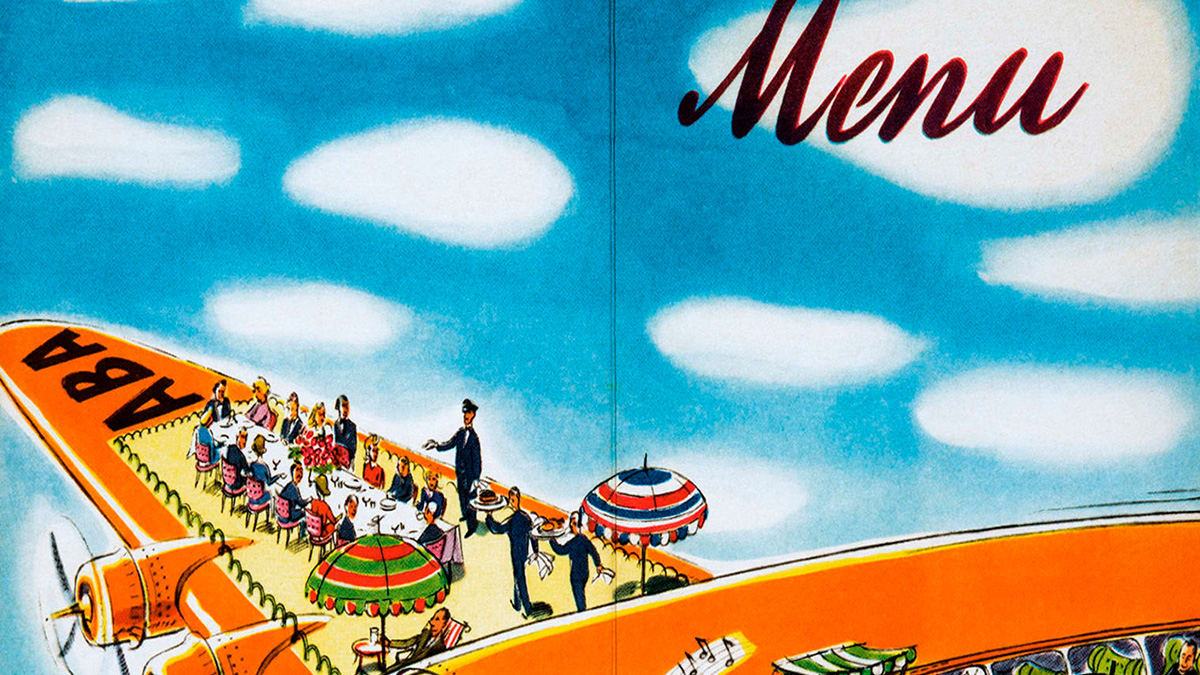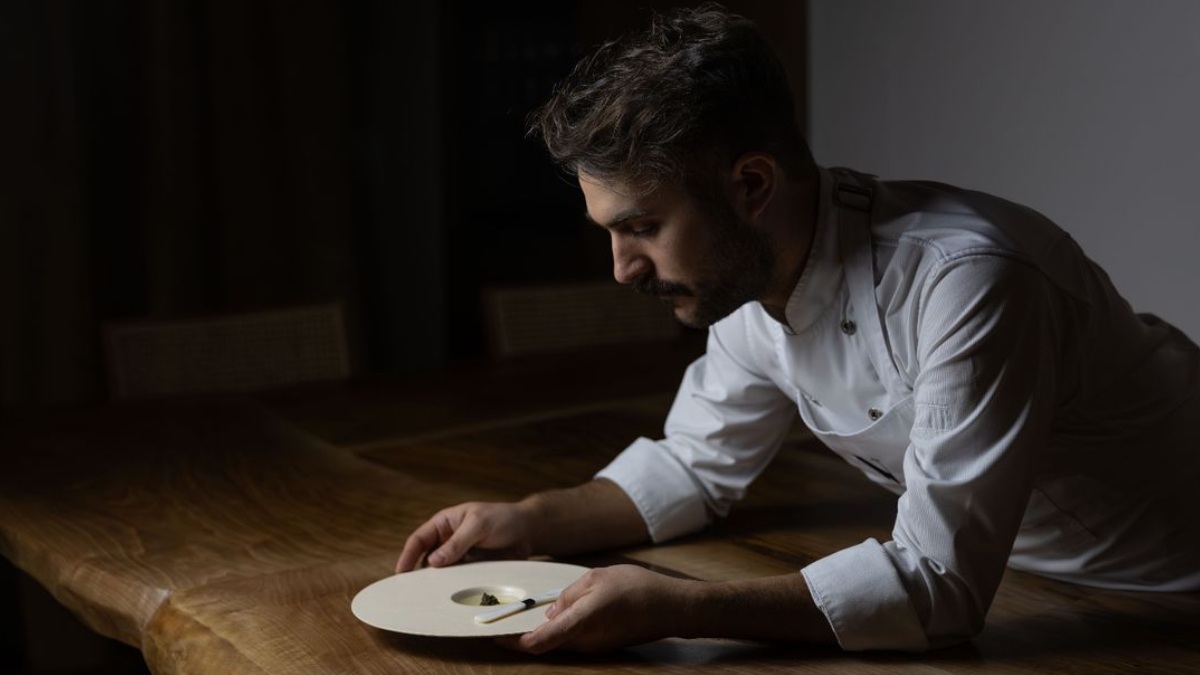Click here to read the Spanish version.
The art of the menu has become an essential element in the gastronomic experience. At least this is how it was conceived before the hyper-digital era and the universal projection of QR-version menus came onto the scene.
We take a journey through the aestheticisation of restaurant menus, passing through their evolution and development until reaching their apparent dissolution induced by digitalisation.
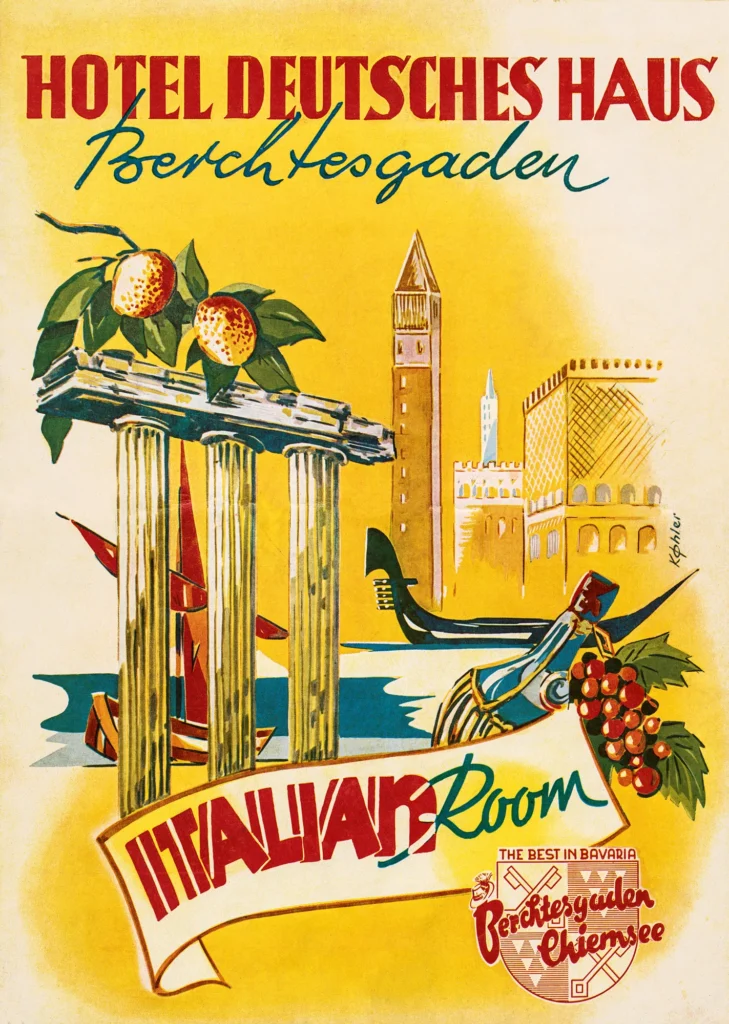
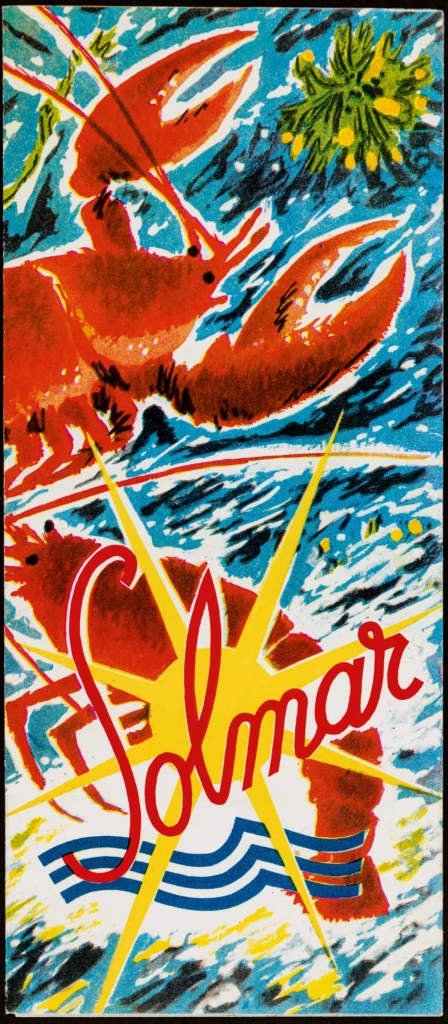
The visual feast that is ‘Menu Design in Europe‘ and the story it tells takes us into the entire culinary-artistic universe over a 200-year period from 1800 to 2000, confirming the continent’s reputation as the centre of the culinary world.
Origins
The predominance of French cuisine served as a precedent, and established an archetype for culinary delights that spread throughout the world. The expansion or democratisation of restaurants as meeting places in the 19th century, beyond the upper echelons of society, generated the need for a more formal presentation of the gastronomic proposal, resulting in a wide variety of printed menus that danced between eccentricity and minimalism.
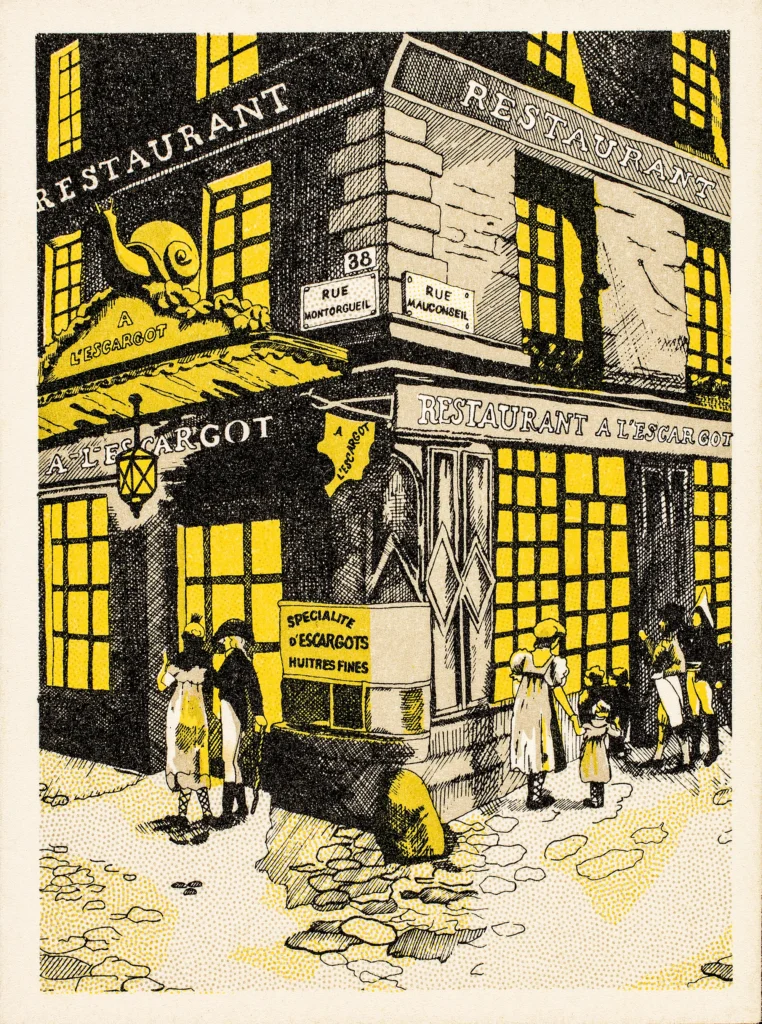
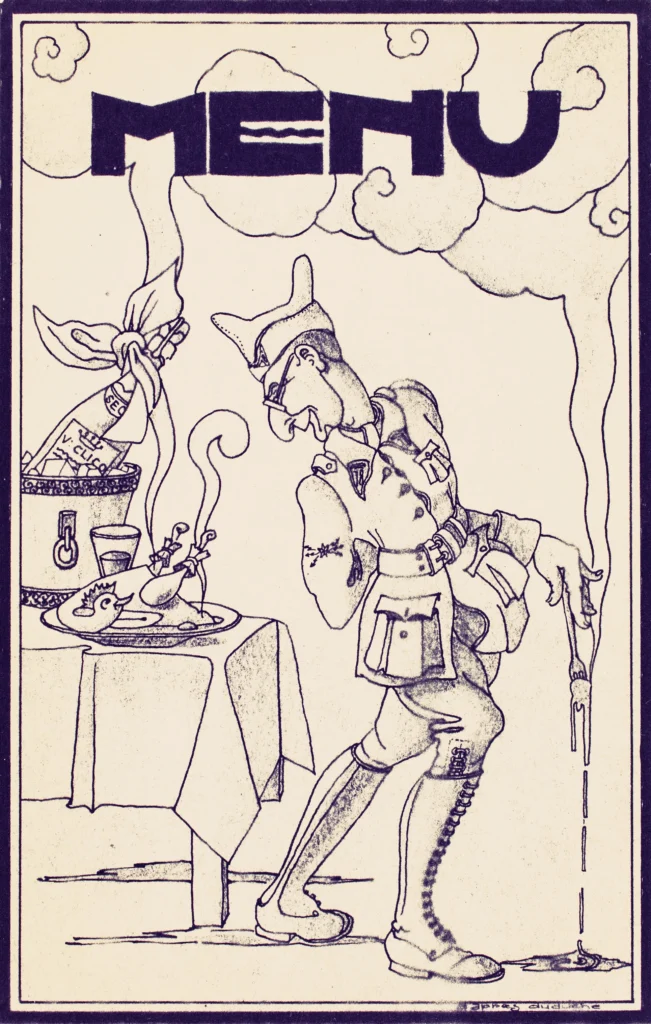
All those graphics and typographies that accompanied the restaurant’s culinary offerings, reflecting the time of the moment, were compiled by Jim in the Taschen book through an extensive archive of menus that have followed the trends over time. They have accompanied artistic movements after their global acceptance.
In the 19th century they persisted in a monochromatic palette with decorations and calligraphy that originated in the dominance of the upper-class connotations of banquets and fine dining. With the turn of the century, design began to be influenced by Art Nouveau and later by Modernism, which became the cultural core.
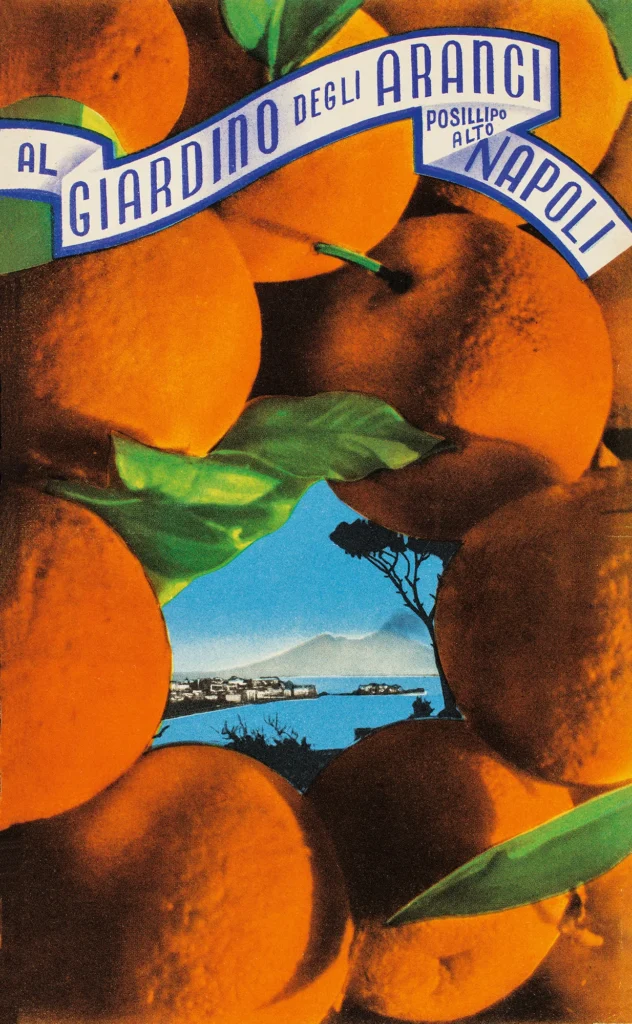
Digitisation of the catering industry
The power of technology also entered the restaurant industry during the pandemic. A key moment when the use of QR in restaurants went viral, replacing paper menus with their virtual counterparts for security reasons; a dynamic that persists today in sync with the era we live in.
Those aesthetic and visual representations around food then seem to fade away, simplifying the state of contemporary menu design, and even suppressing it by QR codes that somehow announce the death of its physical state.

